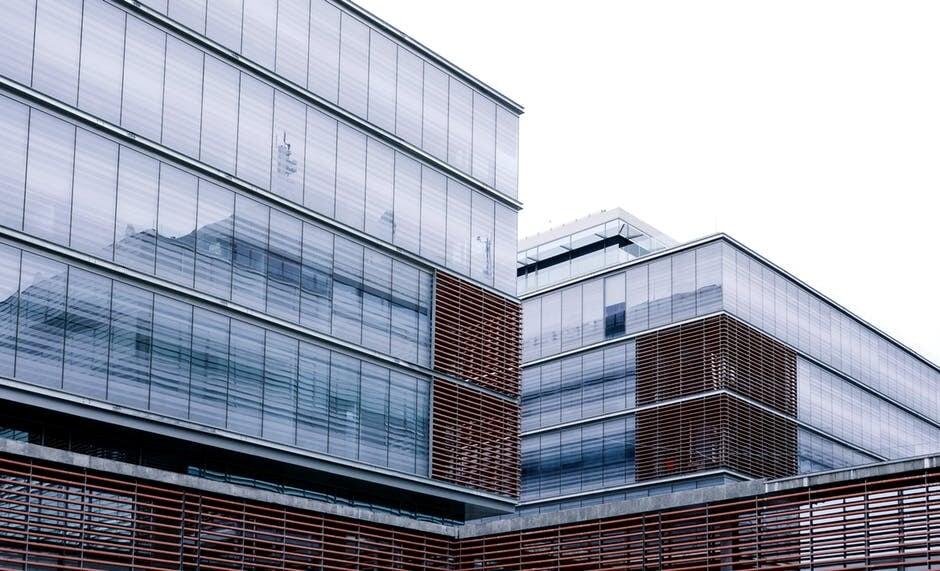
Renting property is something that most SMEs and start-ups will need to do and renting a building for work-related purposes comes with its own set of intricacies and challenges.
When you sign a contract for a rented property, you enter into a lease with the owner of the property and will subsequently need to do certain things in order to satisfy what they will expect from you.
If you have never rented a property for a business, consider this your indefinite guide.
What is a lease agreement?
As mentioned above, signing a contract will mean that you enter into a lease agreement. This will set out the rights and obligations of every party that is involved. Terms that you can expect to be in a lease include:
- Lease term. This can be anywhere between three and five years, but could be as long as 30. Much shorter leases are generally harder to secure.
- The notice period to end the contract, including break clauses, which will allow you or the landlord to terminate the contract early.
- Signing of the lease. Once signed, a lease becomes a legally binding document, so it’s a good idea to have your solicitor cast their eye over it before you put pen to paper.
What are your responsibilities as a tenant?
Once the contract has been signed, the landlord will expect you to adhere to the terms in order to maintain the integrity of the property. This will include, amongst other things:
- Making sure that the property is insured (unless this is the landlord’s responsibility).
- Keeping the internal structures of the building safe and sound.
- Complying with health and safety and fire regulations.
Maintenance and repairs
Once you become the tenant of a rented property, you will need to maintain and repair certain aspects of the building. This can be split into three sections:
- Before you move in – when you move in, the building should be in a fit state. If it is not and things need repairing, you will need to prepare a photographic Schedule of Condition.
- While you are the tenant –make sure that your landlord provides you with the relevant information about your responsibility to carry out maintenance and repairs.
- At the end of the lease – the property will need to be in a reasonable condition when you leave it.
Costs incurred with renting
Renting property doesn’t come cheap and there are a number of costs involved that you might not have even considered.
- Legal fees – you will need to get a solicitor to check lease agreements before you sign.
- Rent and rates – you might be required to pay a deposit, which could be up to 6 months’ rent in advance.
- Service charges – these apply to multi-occupancy buildings.
